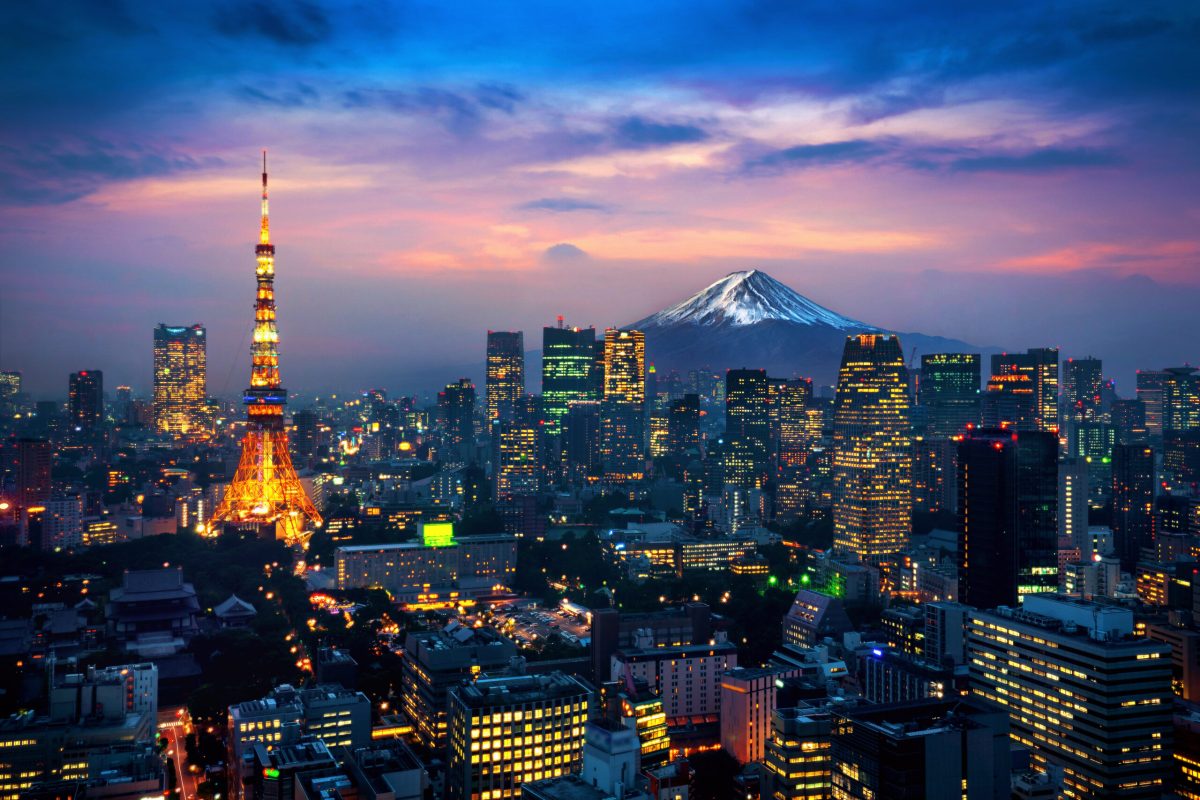Robert Amsterdam
On Tuesday, Japanese Prime Minister Fumio Kishida arrived in Washington for a high-stakes summit with US President Joe Biden. The meeting aims to deepen the strategic alliance between the two nations, particularly in the context of increasing tensions with China, both globally and in Southeast Asia. The leaders also engaged with top business figures to discuss enhancing bilateral investments and addressing critical issues in artificial intelligence (AI) and the semiconductor industry.
The summit underscores a reaffirmation of the robust partnership between Japan and the United States, highlighting the intertwined fates of both nations. Discussions at the summit have focused on the aggressive postures adopted by China in Southeast Asia and globally. In an interview with CNN, senior fellow at the Atlantic Council Jamie Metzl pointed out specific concerns, such as Chinese encroachments into the territorial waters of Japan and Southeast Asian countries, illustrating the direct threats posed by Beijing.
Central to the summit’s agenda are the sectors of AI and semiconductor manufacturing. With the global economy heavily reliant on Taiwanese semiconductors, the summit prioritised finding solutions to diversify sources and reduce dependency on a region fraught with geopolitical risks, exacerbated by intensifying Chinese claims over Taiwan.
Parallel to the summit, American business leaders convened to explore avenues for increased investment in each other’s economies, signalling strong private sector engagement alongside governmental talks. According to a press release from the Prime Minister’s office, Mr Kishida attended a luncheon with the business community in the afternoon of his arrival day.
Reflecting on his diplomatic achievements leading up to the summit, Mr Biden praised the strengthened trilateral cooperation between the two countries and South Korea. Despite historical tensions between Tokyo and Seoul rooted in past conflicts, the two have found common ground in their strategic priorities vis-à-vis China and, to a lesser extent, North Korea. This cooperation is particularly timely given the recent legislative elections in South Korea, which reflected diminished support for the ruling pro-American party.
Geopolitical dynamics have been further complicated by Chinese President Xi Jinping’s meetings in Beijing with Russian Foreign Minister Sergey Lavrov, emphasising the deepening ties between China and Russia, both of which pose challenges to US and Japanese interests, including in light of the ongoing conflict in Ukraine.
Japan’s relationship with the ASEAN region is also likely featured in discussions. Historical collaboration between Japan and ASEAN has fostered substantial economic growth and stability over the past fifty years, yet the resurgence of Chinese influence in the region poses new challenges. Issues such as alleged political coercion, exemplified by actions like the building of islands in the Philippines’ territory, as well as human rights concerns and economic policies resembling debt-trap diplomacy, threaten to undermine the stability that Japan and ASEAN have attempted to build.
Prime Minister Kishida’s visit to Washington is more than a ceremonial reaffirmation of ties. It is rather a strategic recalibration of the Japan-US alliance in response to escalating global and regional tensions. By focusing on technological independence from China and enhancing multilateral cooperation with regional partners, Japan and the US aim to preserve regional stability and promote economic prosperity. As the geopolitical scene grows more complex, the outcomes of this summit will could dictate the strategic alignments in the Indo-Pacific for years to come.
Amsterdam GR will be shortly comparing initiatives from this summit to a new structured relationship between India and Japan. Japan is clearly on the move.





